Pre-Vote: YES
There is no denying that technology is becoming increasingly common in our classrooms. It allowed educators the ability to teach during an unprecented global pandemic and ensure that our students didn’t fall too behind being out of school for months on end. Now that we have been back in the classroom for a few years, the question is: does technology still enhance student learning? Leanne and I were both very happy to sign up for this topic – obviously taking courses in educational technology means that we think it’s a great tool to use. There was an abundance of information out there sharing how technology enhances student learning, but Dustin also presented some great arguments against this topic.
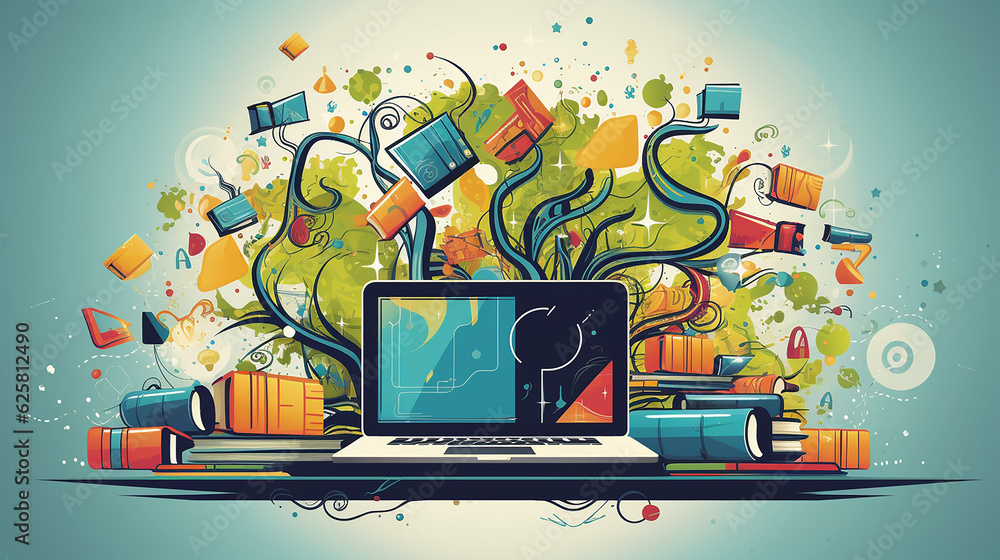
The Pro-side of this debate chose to focus on five different benefits: increasing student engagement, enhancing teacher-student interaction, promoting personalized learning, increasing access and equity, and preparing students for the real world.
Lack of Social Skills in Students
I felt that one of the biggest arguments against the use of technology is that people fear it will affect face-to-face interaction… something we appreciate more now than ever thanks to the COVID-19 pandemic which forced everyone to stay home for months on end. We have to consider how technology can help teachers find job satisfaction and spend more time engaging in valuable interaction with their students. This study suggests that “…20 to 40 percent of current teacher hours are spent on activities that could be automated using existing technology. That translates into approximately 13 hours per week that teachers could redirect toward activities that lead to higher student outcomes and higher teacher satisfaction.” (Bryant et al., 2020) When our classrooms are more complex than ever, and teachers are feeling more overwhelmed and overworked than ever, one can hardly disagree that teacher job satisfaction and student interaction are more important than in previous years.
Preparing Students for “The Real World”
Another crucial way that technology enhances student learning is by preparing them for the real world. There are so many times that we hear teachers say, “Well, when they get into the real world…” When they get into the real world as adults, there wont’ be someone there looking over their shoulder to make sure they are using technology in responsible ways. This is why it is so important for teachers to incorporate the responsible use of technology in their classrooms and model the positive aspects of technology for those we teach. In 7 Proven Ways Classroom Technology Improves Student Learning Outcomes, the author shares that technology integration helps students learn digital literacy skills, information management skills, adaptability, creativity, innovation, collaboration, and communication – all vital in today’s society.
Educators Themselves
The key is that students have the best educators to guide them through the process of using technology in the classroom. The University of Calgary shares that while there may be challenges, teachers need to ensure that the design of their lesson “… is compatible with different devices and to provide support to students, if required.” In the world of education, teachers, as professionals, are expected to continue to participate in Professional Development opportunities and do what they can to improve the learning of their students. This article references two models – SAMR and TPACK – that teachers can use to implement educational technology in the best way possible.
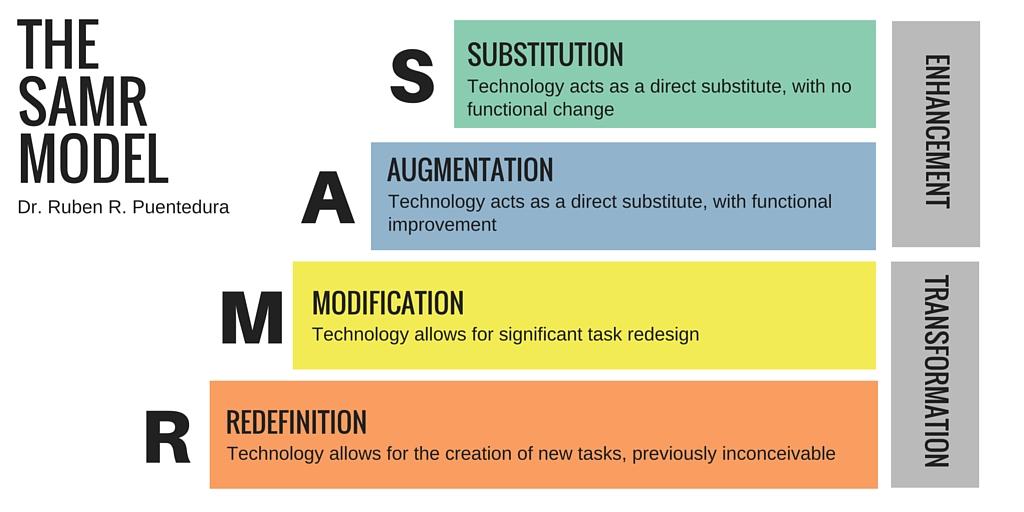
taylorinstitute.ucalgary.ca
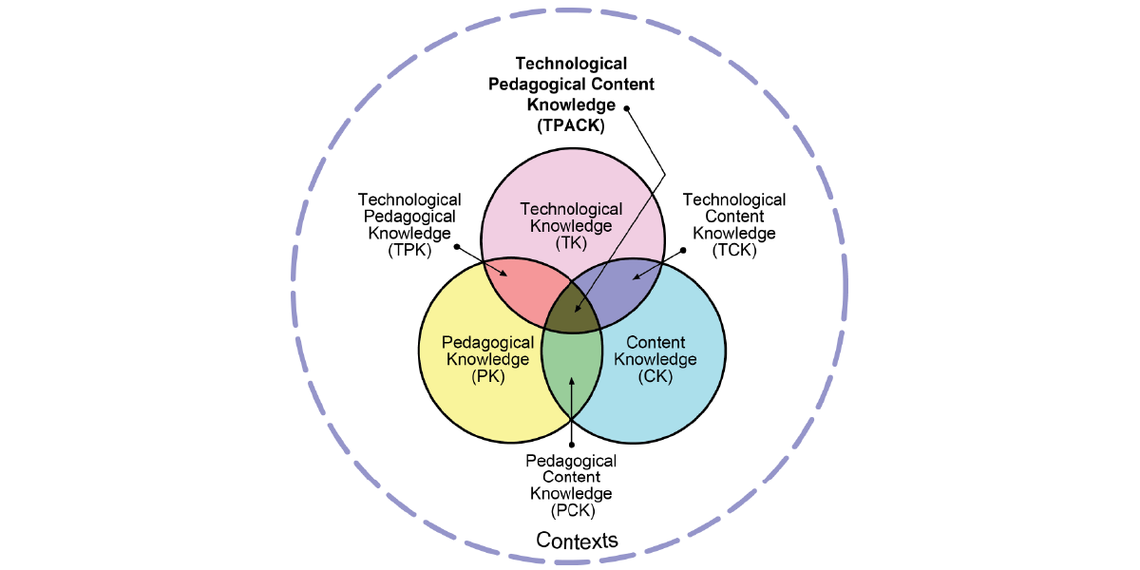
taylorinstitute.ucalgary.ca
The Opposition
Dustin’s opposing statement started with a quote from Dr. Jared Cooney Horvath:
“Knowing the harms, the question shouldn’t be ‘What’s the best way to take arsenic?’ but ‘Should we be taking arsenic in the first place?’”
Right off the bat, I would argue that making the comparison between arsenic and educational technology is pretty unfair, seeing that arsenic is a poison and an inherently harmful substance and the same cannot be said for technology. However, for the sake of this blog post, I’m going to take the quote and run with it!
Down the Rabbit Hole…
 What was this quote referring to? I searched online for the original quote but was unable to find it, which led me to turn to ChatGPT. What I found was that this quote was probably mentioned in a private conversation between Dr. Jared Cooney Horvath and presumably Emily Cherkin (online known as the Screentime Consultant) who mentions it in this blog post titled Toppling the Tower among other blog posts. In this particular case, she compares arsenic to the use of Artificial Intelligence in Education, saying that AI is “… a solution in search of a problem.” So when do people actually consume arsenic? According to Google, it’s most likely to happen when they are drinking contaminated water.
What was this quote referring to? I searched online for the original quote but was unable to find it, which led me to turn to ChatGPT. What I found was that this quote was probably mentioned in a private conversation between Dr. Jared Cooney Horvath and presumably Emily Cherkin (online known as the Screentime Consultant) who mentions it in this blog post titled Toppling the Tower among other blog posts. In this particular case, she compares arsenic to the use of Artificial Intelligence in Education, saying that AI is “… a solution in search of a problem.” So when do people actually consume arsenic? According to Google, it’s most likely to happen when they are drinking contaminated water.
So, maybe there is something to this metaphor… technology can be good for us (like drinking water), but if there is a long-term exposure to contaminated water, the poison can absorb into the body and cause illness. Kind of like taking in media and using other technologies that may be contaminated with negative effects.
In my mind, this is where the role of a teacher comes in… like a water treatment plant, the educator’s role is to ensure that said water is safe for consumption and that students know which water is safe to drink in large quantities, which is safe once in a while, and which should be avoided.
The Issue of Distraction
This article published in the Canadian Journal for New Scholars in Education proves this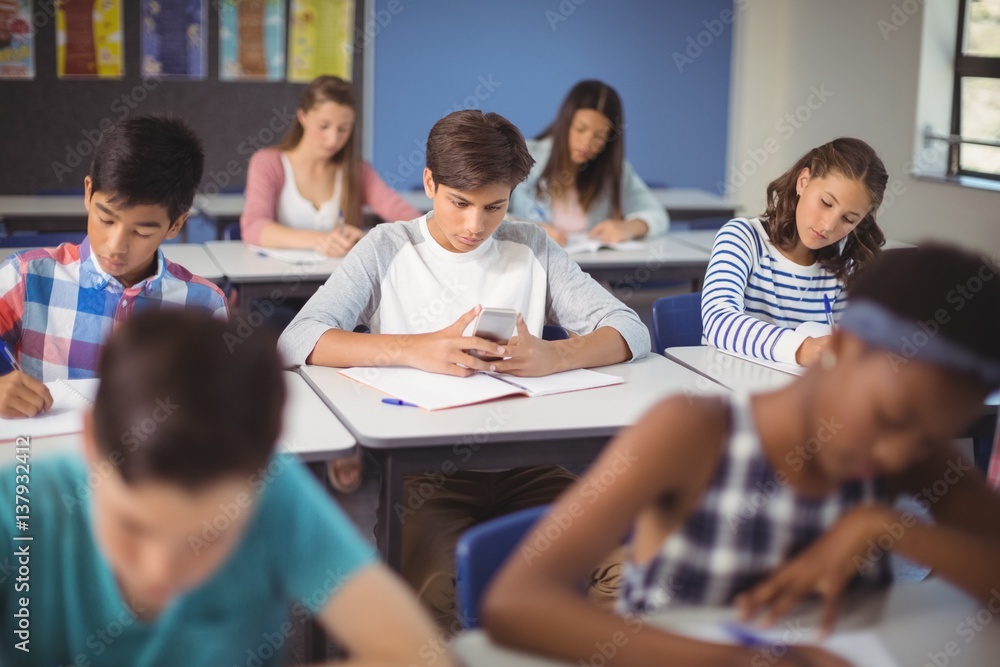 point, saying that “…multiple research findings suggests that learners often use technology for other than study-related purposes which negatively impacts learning.” (Vodopivec, 2024) When it’s not used properly, this is where we see technology becoming a problem in the classroom.
point, saying that “…multiple research findings suggests that learners often use technology for other than study-related purposes which negatively impacts learning.” (Vodopivec, 2024) When it’s not used properly, this is where we see technology becoming a problem in the classroom.
Boredom and Creativity
Our debate (as well as the one before it) also kept coming back to the issue of boredom, with some colleagues suggesting that boredom leads to creativity. While I can see the point that children do come up with some pretty creative and engaging ideas when they are bored, I’m still not sure that this is applicable in a classroom setting. Vodopivec goes on to share information from an additional study, saying that “Students may engage in off-task technology use if they are bored and unmotivated in class (Bolkan & Griffin, 2017; Neiterman & Zaza, 2019).” I truly do believe that while there is a place for boredom to spark creativity, boredom and a lack of motivation often lead to off-task behaviour during a lesson, whether technology is involved or not.
Lack of Equity
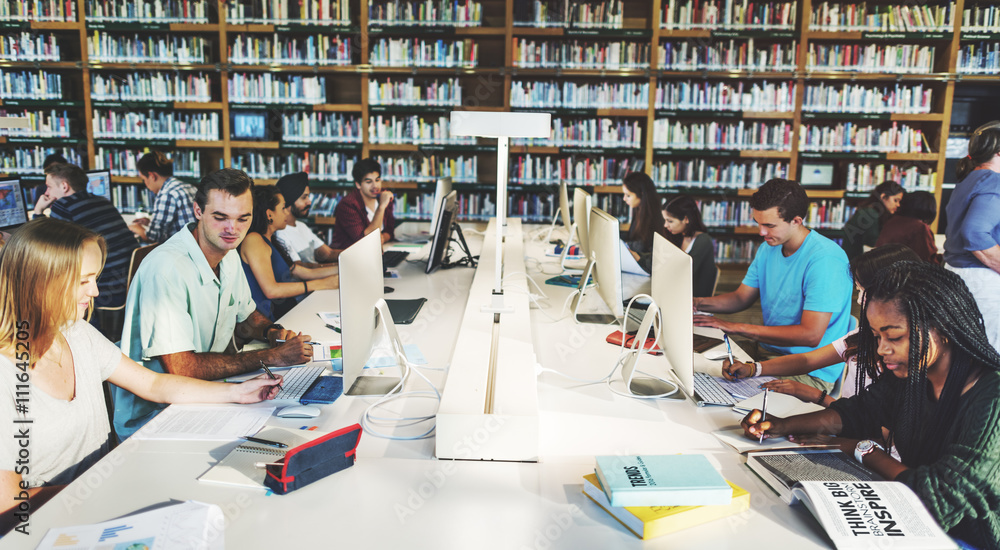 As a teacher, if I know that certain lessons using technology may lead to frustration and off-task behaviour, then my job is to pivot and change what I am doing to avoid this. For example, if I know that a large number of students in my class live in a rural setting and do not have access to sufficient internet quality, then I shouldn’t be assigning homework that must be completed online. If I know that my sixth graders can’t handle typing their work on a computer without being distracted, then I need to guide them to solve these problems, whether that be using an extension like StayFocsed, working for shorter amounts of time, or writing their ideas down first before typing. The University of Calgary also stresses that teachers must “be aware that not all students have access to the same technological devices” and need to inquire about their access to ensure that there are no barriers to their success.
As a teacher, if I know that certain lessons using technology may lead to frustration and off-task behaviour, then my job is to pivot and change what I am doing to avoid this. For example, if I know that a large number of students in my class live in a rural setting and do not have access to sufficient internet quality, then I shouldn’t be assigning homework that must be completed online. If I know that my sixth graders can’t handle typing their work on a computer without being distracted, then I need to guide them to solve these problems, whether that be using an extension like StayFocsed, working for shorter amounts of time, or writing their ideas down first before typing. The University of Calgary also stresses that teachers must “be aware that not all students have access to the same technological devices” and need to inquire about their access to ensure that there are no barriers to their success.
Does Technology Enhance Student Learning?
This brings be back to Vodopivec to prove that technology DOES enhance student learning.
Researchers warn that we cannot count on technology to improve poor teaching or student engagement.
At the crux of this issue, in my opinion, is not the existence of technology in the classroom, but those who are using it to teach.


Hi Jenni,
What a great post! You have captured the essence of both sides of last week’s debate beautifully. I love what you did with the “arsenic” quote – the role of the teacher is like a treatment plant. The teacher’s role is to help students filter and assess the information they are given, not ban the information all together. As you said in your argument during class, technology in the classroom not only levels the playing field for students, it also promotes higher level thinking. With the help of technology, teachers can move past the old ways of rote memorization and help students learn differently. I think this is the hardest part for teachers (and parents) – realizing that the whole world is different than it was 30 years ago – or even 5 years ago – so why should education look the same as it did when we went to school?
Thanks for your excellent post!
Hi Jenni,
Before technology was super prevalent in the classroom, from my own experience in school, we still managed to get distracted. So, I think your point that boredom and lack of motivation lead to off-task behavior, whether technology is involved or not, is very true. I really love your final quote, as it emphasizes how technology is a tool to be utilized to support teachers and students, but it will not replace the teacher or fix poor teaching. Great job on your post! It was very thought-provoking.
Jenna
Hello Jenni,
This was a reflective and thorough post that combines the promise of technology in education and responsibly spoke to the concerns. I particularly value the way you outlined the fundamental advantages which are essential in learning environments today. Then analogy if the teacher as a water treatment plant, filtering and facilitating safe “digital consumption,” was a compelling metaphor that really stuck. A personal take away for me was your discussion of teacher flexibility—being attuned to when and how to adjust lessons to address equity and attention issues. Thats an important reminder that technology doesn’t magically improve learning; it’s the mindful educator that makes it effective.
Thanks for this balance and pragmatic view!